The deadline for entries to Spectrum 22 is less than one month away, which means it’s time to start thinking seriously about HOW, and WHAT, you want to submit.
It used to be that you had to mail in submissions. Which meant a lengthy process of photographing your work, printing it out and proofing, and then actually mailing it. But Spectrum now accepts digital submissions, which is wonderful news for all of us procrastinators out there.
But more important than how to submit to Spectrum, I want to talk about WHY to submit to Spetcrum.
I know for a fact that a lot of genre ADs now use Spectrum as their go-to ‘sourcebook’ for talent. This makes Spectrum a really wonderful means for aspiring illustrators to get their first break in the industry, and actually get their work on the shelves. But more importantly, it will get their work in the hands of the people that can hire them.
It’s also a great opportunity for established professionals to show off personal work that was uncommissioned. This is especially important if you’re trying to steer your career in a new direction.
You will often find that the most successful illustrators are very strategic about their career choices. They treat it like a business, spending time and money on promotion and personal projects that they feel will advance their career. For instance, last year was the first year you could submit digital entries to Spectrum. This might seem inconsequential to some, but to established professionals who rely on Spectrum as a means of advertising, it was important.
I spoke to Dave Palumbo about this, who was weighing the benefits of mailing in prints vs. digital submissions. Always looking to improve, Dave decided to mail in half his submissions and email the other half. He would then take a tally when he was done, and see which means he felt was most beneficial for his work the next year. Strategy!
It is also worth noting that Dave Palumbo made a dramatic stylistic shift in his work a few years ago, and used Spectrum as a means to help show off that new style. Once the right people saw his new work, it was only a matter of time until he started getting calls for that style.
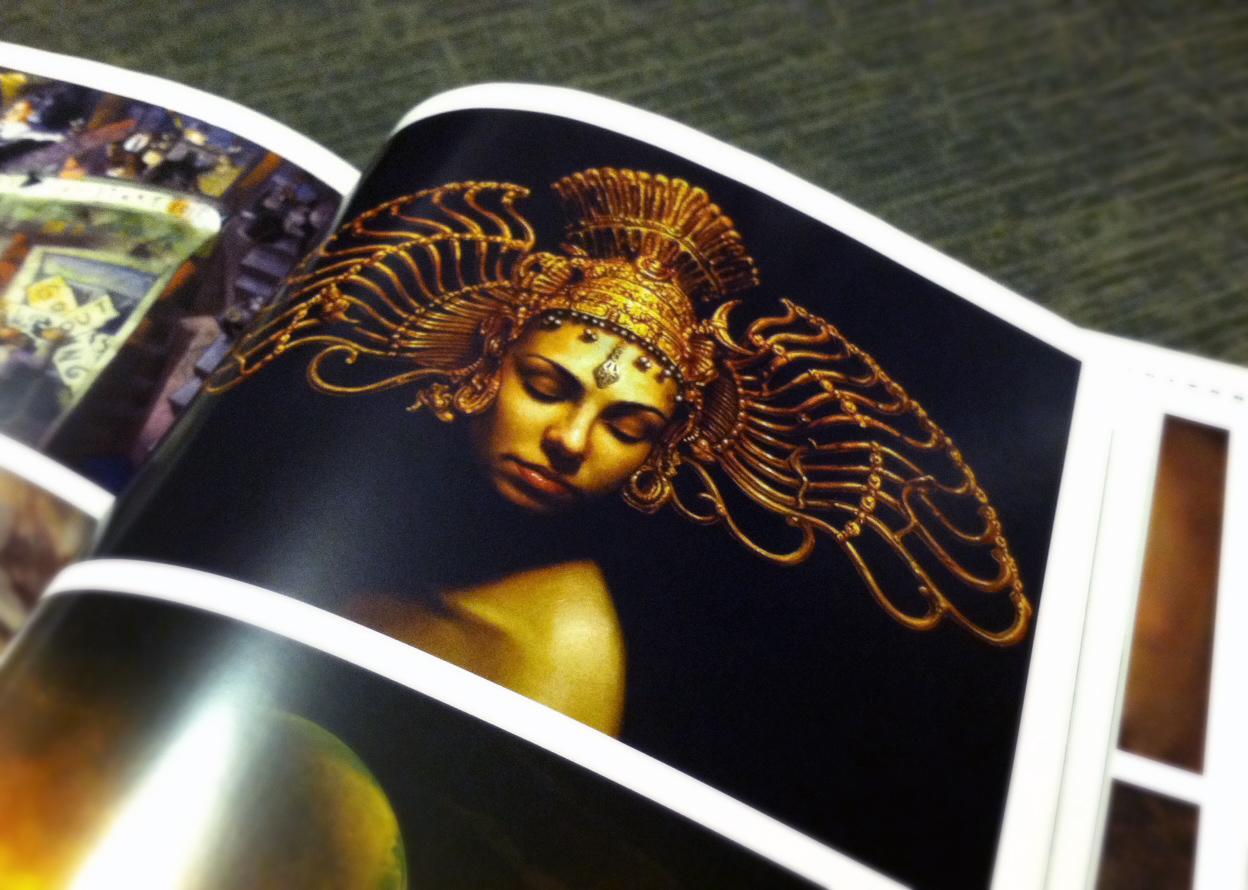 |
| The very first painting I got into Spectrum 10, more than a decade ago, helping launch my career. |
I also consider quite carefully what categories I’m going to submit to. I don’t want to submit every piece to the same category, because if I don’t get into it, then I didn’t get anything into the entire book. Instead, I try to submit at least 1 piece to every category possible, even if it isn’t the absolute best piece I’ve done.
The strategy of submission doesn’t stop there. Once upon a time, I actually used to separate my entries, and mail them out in three different envelopes on three different days. That way, when they were unpacked my entries would be better spaced out around the room, giving me a better chance of catching a judge in a generous moment. Sneaky, right?!
I often hear from young artists about how they didn’t get into Spectrum. The first thing I ask is how many pieces did they submit. Sadly, the answer is usually ‘1’. To give you some idea of how stiff the competition can be, every year I personally submit 10-12 pieces. Of those 12 pieces, I typically get about 2 or 3 in. That is an 80% rejection rate!
Now, many of you may be saying to yourself, “Twelve pieces?! That’s $240!” And yes, that may be a lot of money for some of us, especially if you’re an artist who is just starting out. But the key is to think of it as advertising. It is an investment, not an expense.
If I spend $240 on entries, and they lead to even ONE new job, that investment paid for itself more than ten fold. That means I can then submit to Spectrum for the next 15 years using only the money I earned from that one job. 15 years of advertising could lead to 15 more jobs, and so on.
Maybe you have your eye on smaller budgets. Maybe you want to work for Magic: The Gathering. Well, how much money are you willing to spend in order to land a job that pays about $1000, and has an extremely good chance of a re-hire.
$40?…
$60?…
$80?…
Give yourself a budget and use it wisely. With just $60, you can submit about 3 pieces to the competition. That is 3 tries to get your client’s attention. So make sure you submit 3 pieces that are appropriate for the type of work you want to do. For MtG, I would ask myself, “Are my pieces the right format? Do they show an ability to paint monsters? Do they show an ability to depict ‘magic’?”
If not, you still have time to create a completely new piece specifically for the annual!
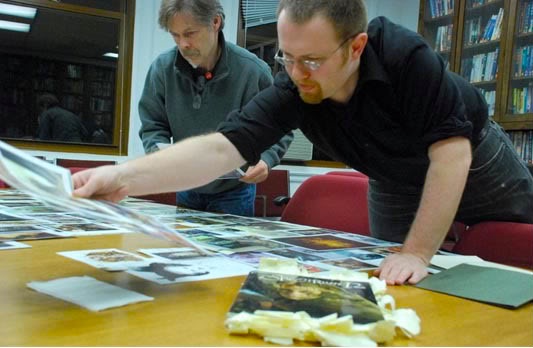 |
| Photo © Irene Gallo |
Whatever your artistic goal is, take the time to consider how you can get there, and use Spectrum as an opportunity to help you do so.
So go ahead, show them what you’ve got!


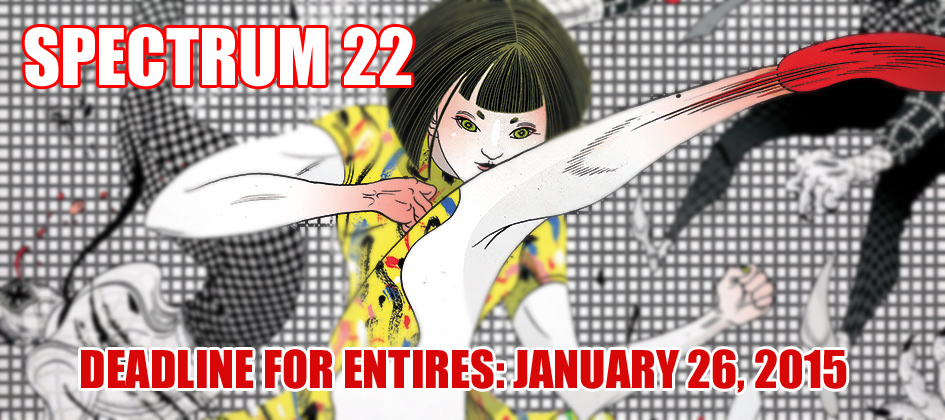
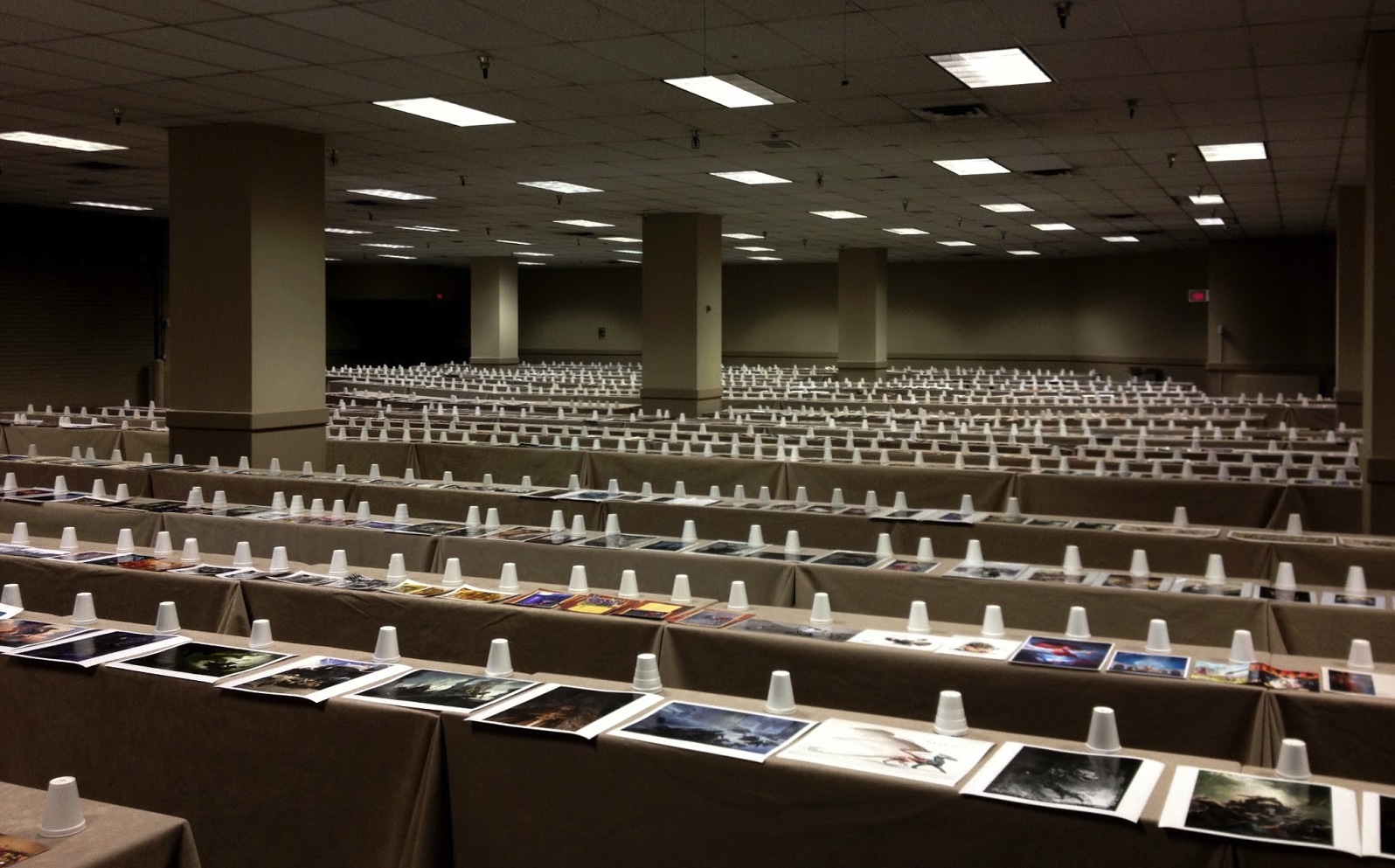

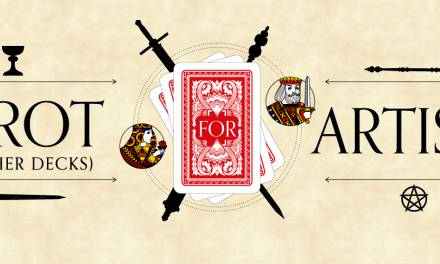
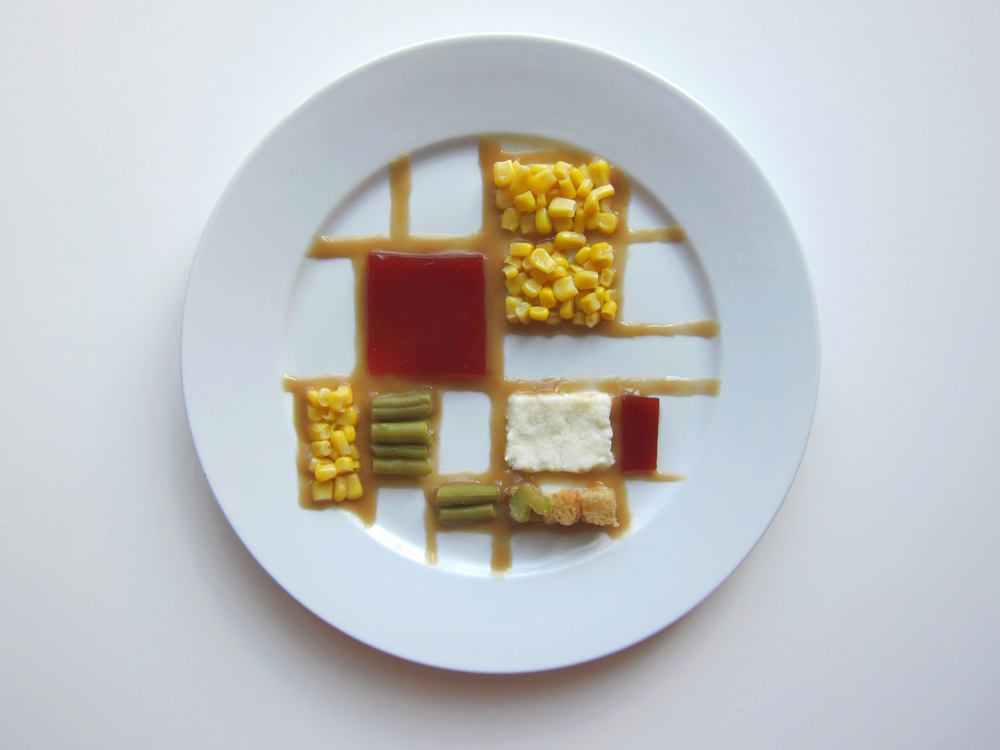
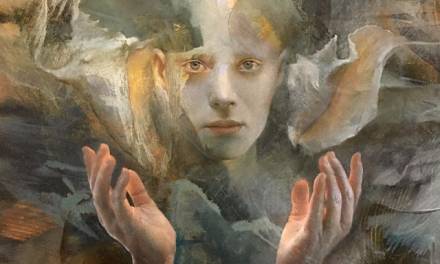
I'm sitting in a bookstore looking at spectrum 21 right now and it is insane how much better (I think, at least) the peices are from just a year prior. Thanks for sharing your wisdom Dan.
Thanks Dan.
Do you guys have any recommendations for good art annuals in other genres? (Specifically children's illustration).
Cheers,
Sylvia
Great info, Dan! Since I've never had anything published, would it still be prudent to send in 10-12 pieces to the unpublished category?
Sylvia,
The Society of Illustrators has a Children's Book Art Annual, which in my opinion, is the very best.
http://www.societyillustrators.org/Awards-and-Competitions/Original-Art/Overview.aspx
Probably not. After a certain number, you're just competing with yourself. Especially if not all of them are your very best. I think you could do 3-4 good ones and stand the same chance.
Thanks!
Thanks, Dan!
3×3 Mag has a nice children's book annual too
Man I can't wait until I'm good enough for these events. Keep plugging away!
A very nice post, the outsource of this company is very good provide you the different ways of works at your place. For such a outsourcing company who can also provide work which can be done in home also Plz Check out NTSInfoTech . I am Sure you will get a good opportunity to start you carrier.
Australia, and South America. It always includes a mind-expanding mix of fantasy, horror, comic art, science fiction, paleoart, and the surreal. read this post here